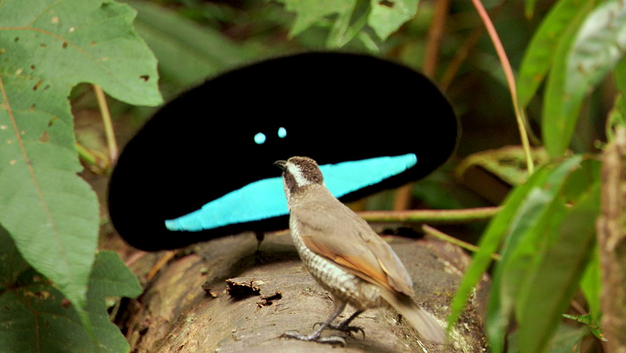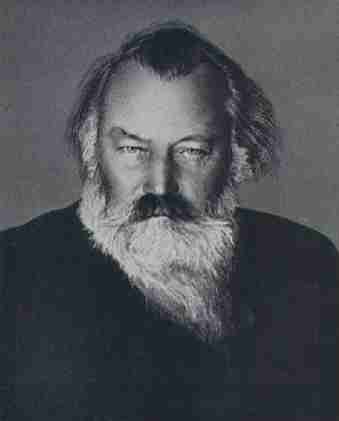
In 1869 it was Thomas Huxley who considered the mysterious force, at the time named protoplasm, “the physical basis of life”. The mysterious liquid inside the cell walls surrounds the cell nucleus in eukaryote and prokaryote cells.
There are two types of protoplasms, tree-like structures called dendrites and axons.

Body of a cell
These two projections work together to spread electrical stimulation via synapses.
It is important to note that the longest axons in the human body are those of the sciatic nerve which run from the base of the spine down to the big toe of each foot.
Retinal ganglion cells, found in the inner most layer of the retina, all share the defying property of having a long axon (protoplasm) that extends into the brain. These axons form important aspects of the optic system including the optic nerve, the optic chiasm and the optic tract. Here they project information into the brain where they synapse at the thalamus.
Many different functions are linked to the thalamus including auditory, somatic, visceral, gustatory and visual systems.
The thalamus and the hippocampus are linked through the limbic system. Most of the functions involving the hippocampus pertain to short and long term memory.
http://webspace.ship.edu/cgboer/limbicsystem.html
Our memories, or our reflections of specific moment in time/space, are largely reorganized and reinterpreted by our own self in a variety of ways. Throughout the totality of our global-concioussness grid, our collective memories fragment and intermingle feverishly in order to construct the formation of our physical reality.
Music can be a powerful trigger for past moments and imagination, as can certain smells and tastes. Looking back on our past largely results in a quasi-fictitious interpretation of what truly was reality.
The physical moment of each quickly experienced “in-the-now” life event instantly begins to fade and morph in our mind into an interpreted reflection which is now susceptible to our own imagination and bias. Interestingly enough, our own reinterpretation becomes implanted in our brain as a truth, and thus, reshapes our emotional body to said time/place as well as our own physical body at the cell-memory level.
This can be best recognized through the fluidity of attachment and the power of emotional magnetism.

Linus
Your brain is made up of billions of brain cells called neurons which use electricity (photonic energy) to communicate with one another. This electrical activity traveling along an axon in the brain can be detected and measured through the use of medical equipment like an EEG (electroencephalogram).
This is best known as a brainwave pattern.

Waves are defined as an energy transport phenomenon. A pulse, or single disturbance moving through a medium from one location to another location, repeatedly constitutes the wave pattern.
http://www.physicsclassroom.com/class/waves/Lesson-1/What-is-a-Wave
A frequency refers to the number of waves that pass through a fixed place in a certain amount of time. This measurement of waves was named after 19th century physician Heinrich Rudolf Hertz and is what we today recognize as “hertz”.
A432 Hz simply refers to an A note vibrating (number of waves or disturbances) 432 times per second.

Cymatics A432 hz
During a dream our brainwaves are typically measured at the theta level which is around 4-8 Hz. This range is most closely associated with relaxation, trance meditation, imagination, deep sleep and inspiration. At this level the physical body goes nearly limp and the mind disconnects from the body’s sensory connection to the outside world.
http://drjoedispenza.com/files/understanding-brainwaves_white_paper.pdf
It is at this point, the point of disconnection from physical reality, that we are said to be dreaming.
This is also sometimes referred to as the astral plane.
Many amazing works of art have been inspired from this level consciousness including John Lennon’s “Number 9”, Edgar Allen Poe’s “Dream Within a Dream”, And Robert Schumann’s “Traumerei”.
To further facilitate your abilities to reach the theta level you can listen to the recording below especially around the time of meditation or sleep.
As all actions first begin as an inspiration or an idea it is important to exercise your imagination and connect to the realm of thoughts and dreams. The astral plane, along with the mental and etheric planes are the layers which descend downwards towards the physical plane.
The bridge being the plasma plane.
We all must take part in the physical dream that we agree upon to be our reality and so it must be us who decide to make our reality exactly that…
A dream.

“One day it will have to be officially admitted that what we have christened reality is an even greater illusion than the world of dreams.” – Salvador Dali





















